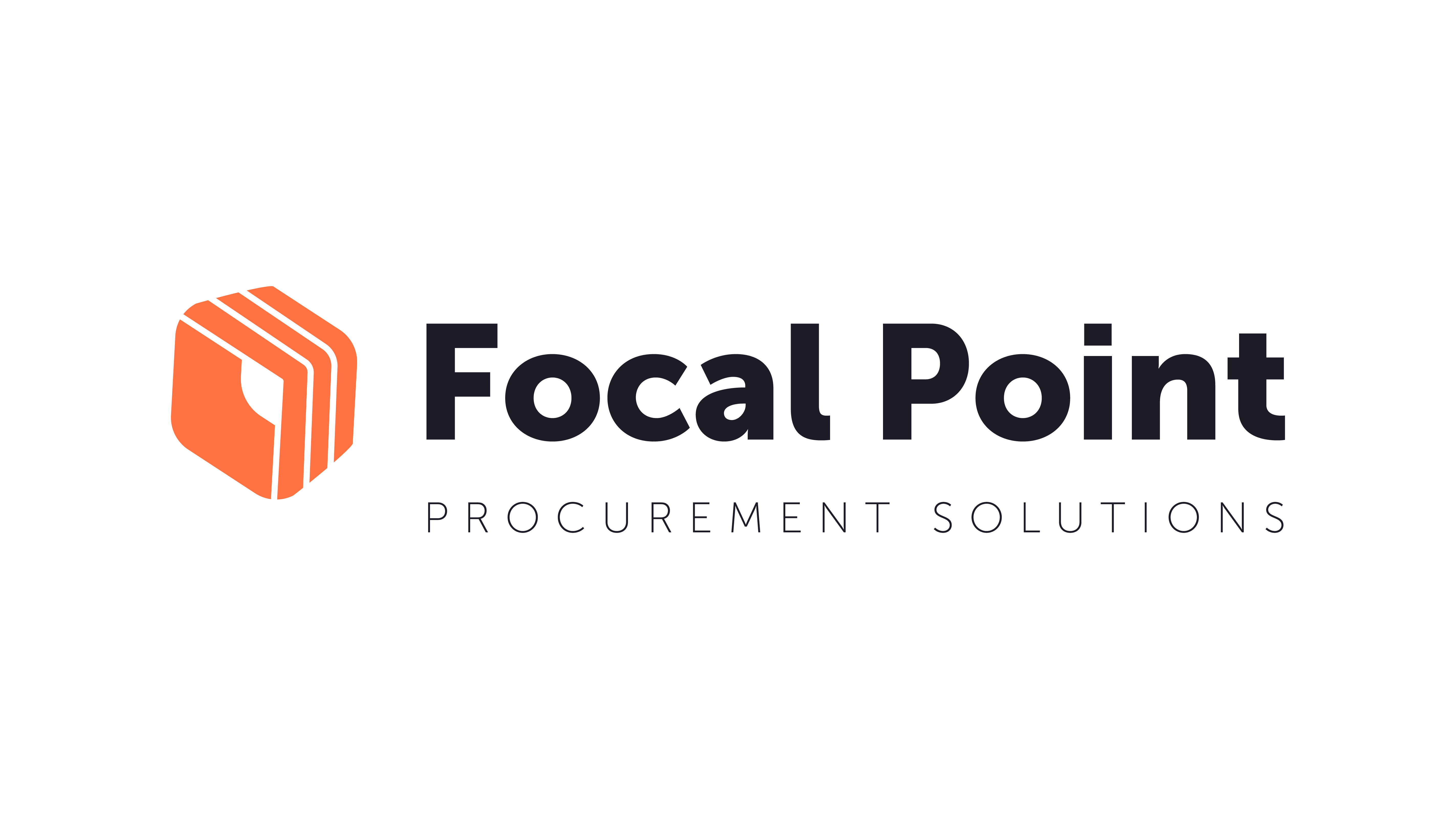Maximizing Savings Opportunities and Procurement's Strategic Value for CPOs
Saving money is not always about pinching pennies: advanced and data-driven insights enable you to identify real cost-saving opportunities, negotiate...


Organizations wanting to meet DE&I goals by guaranteeing that their supply chains are inclusive and representative of the communities they serve should not overlook the importance of supplier diversity as a catalyst for change. According to a 2019 McKinsey study, companies in the top quartile for ethnic and cultural diversity outperformed those in the fourth quartile by 36% in profitability, slightly up from 33% in 2017 and 35% in 2014.
However, relying on past reporting to give a rear-view mirror snapshot of supplier diversity is not enough to change the future. Mandating inclusion in strategic sourcing processes and tracking inclusion throughout the procurement process — monitoring it at every stage — will secure better outcomes for both the company and the community.
Why Supplier Diversity?
The significance of supplier diversity in procurement is two-fold.
But true supplier diversity is difficult to achieve and requires a watchful eye over the entire procurement process. As CPOs track performance against goals, a solution providing tangible insight is crucial. From the total spend from diverse suppliers to when and why suppliers are being disqualified along the way. Such insights enable targeted and timely decision-making. By incorporating diverse suppliers into the process, companies can ensure that they are doing business with a wide range of suppliers throughout the project, rather than just at the end.
Using Supplier Diversity As A True Procurement KPI
Diversity spend is most often measured and reported on a company level, suitable for external reporting. In order to make the data more actionable and relevant, looking at diverse spend by category is far more useful and gives a better picture of performance. Bubbling this metric to the top, along with procurement ROI, cost reduction and others, gives a much more complete picture.

Category Management Is Relevant Even Here
All spend categories are not created equal for supplier diversity, though. Certain categories are more suitable for introducing diverse suppliers than others. For example, you will have a hard time finding diverse cloud hosting providers which makes it a particularly challenging category to set lofty diverse supplier goals in. Additionally, introducing new suppliers for certain critical or strategic items might introduce supply risk.
Once you have determined the relative performance for supplier diversity by category and established where there is room for improvement, it is easier to develop procurement strategies that promise to yield better, more obtainable results.
Tracking Inclusion Throughout The Strategic Procurement Process
The benefits of tracking diverse supplier inclusion throughout the procurement process are numerous. It allows companies to see how they are progressing against their supplier diversity goals as they go, rather than acting retroactively. Additionally, it allows companies to identify and address any issues that may be preventing them from working with diverse suppliers. For example, if a company sees that they are disqualifying a high number of diverse suppliers at the RFP phase, it can look deeper into why and take steps to address the issue.

Furthermore, a simplified supplier diversity workflow can help CPOs quantify their efforts toward the organization’s larger DE&I goals. Reacting proactively to integrate a greater number of diverse suppliers and adjust mid-course saves time and pushes the organization to have regular reviews of its diversity goals.
Why Are Diversity Goals Hard to Reach?
With all the procurement process solutions out there, why are so many organizations falling short of their supplier diversity KPIs? It comes down to the ease of the procurement process as well as process governance. Organizations may have separate solutions for sourcing and identifying potentially diverse suppliers. Procurement professionals needing to toggle between systems and transpose data by keystroke makes this a time consuming, manual and error prone task.
Most procurement solutions only view supplier diversity in the rearview, reporting on what happened in the past without facilitating the inclusion of diverse suppliers as part of the sourcing process.
Notably, business users are seldom sympathetic to slowing down the procurement process for any reason. Procurement uses spend control and procurement risk assessment as levers to ensure certain processes are followed, but supplier diversity and ESG are more abstract. Making the inclusion processes seamless and less time-consuming can go a long way to getting buy-in from time-sensitive stakeholders.
Supplier Diversity Benefits the Whole Organization
The impact of incorporating diverse suppliers into the procurement process is significant. By working with suppliers from underrepresented communities, companies can help to promote economic development in these areas and improve relationships with these localities. Additionally, supplier diversity can lead to increased innovation as companies are exposed to new perspectives and ideas from a diverse group of suppliers.
Supplier diversity in procurement is key to accelerating organizational success and innovation. The McKinsey research supports these advantages, highlighting valuable benefits including cost savings and better connections with underrepresented groups. It is time for companies to prioritize supplier diversity in their procurement.

Saving money is not always about pinching pennies: advanced and data-driven insights enable you to identify real cost-saving opportunities, negotiate...

The topic of our recent roundtable discussion with a dozen Procurement Foundry community members—exploring potential flaws in procurement incentive...

Every 30 days or so, I get the same alert on my phone—“Your electricity bill is available for viewing.” I take a quick look, make sure nothing seems...